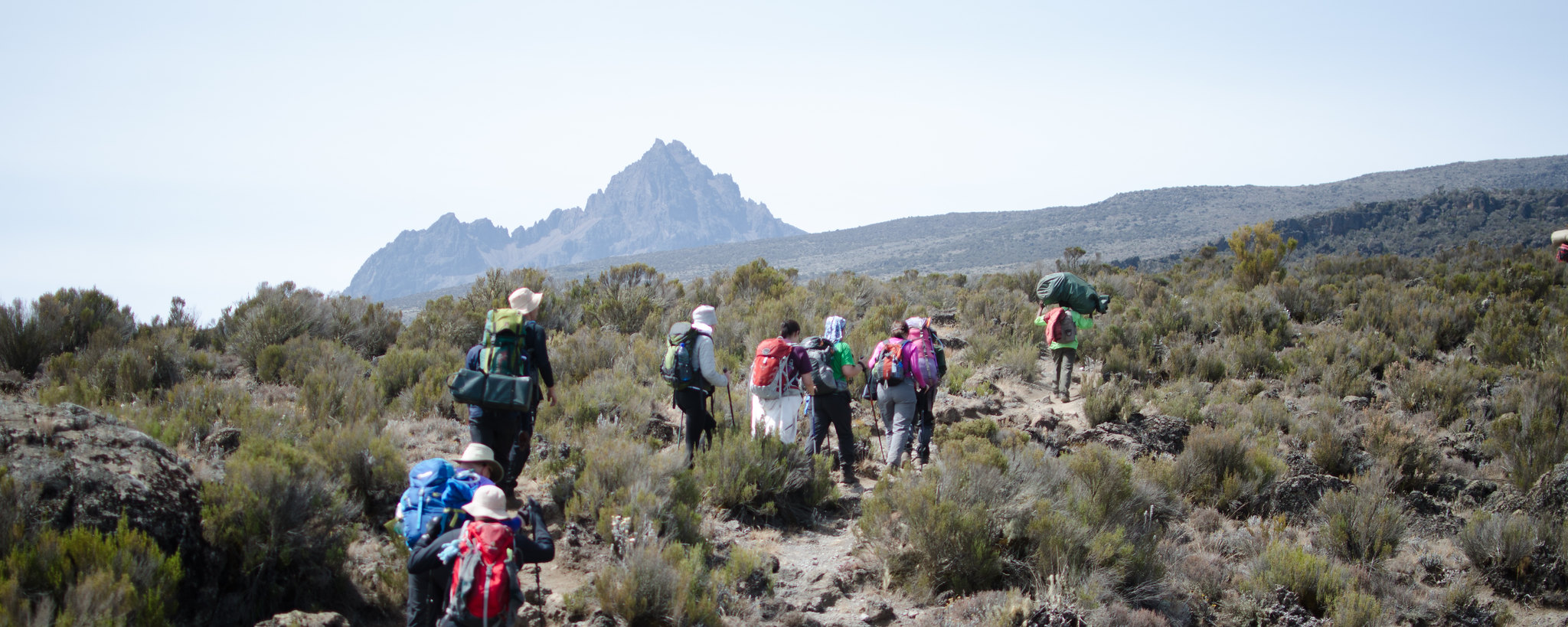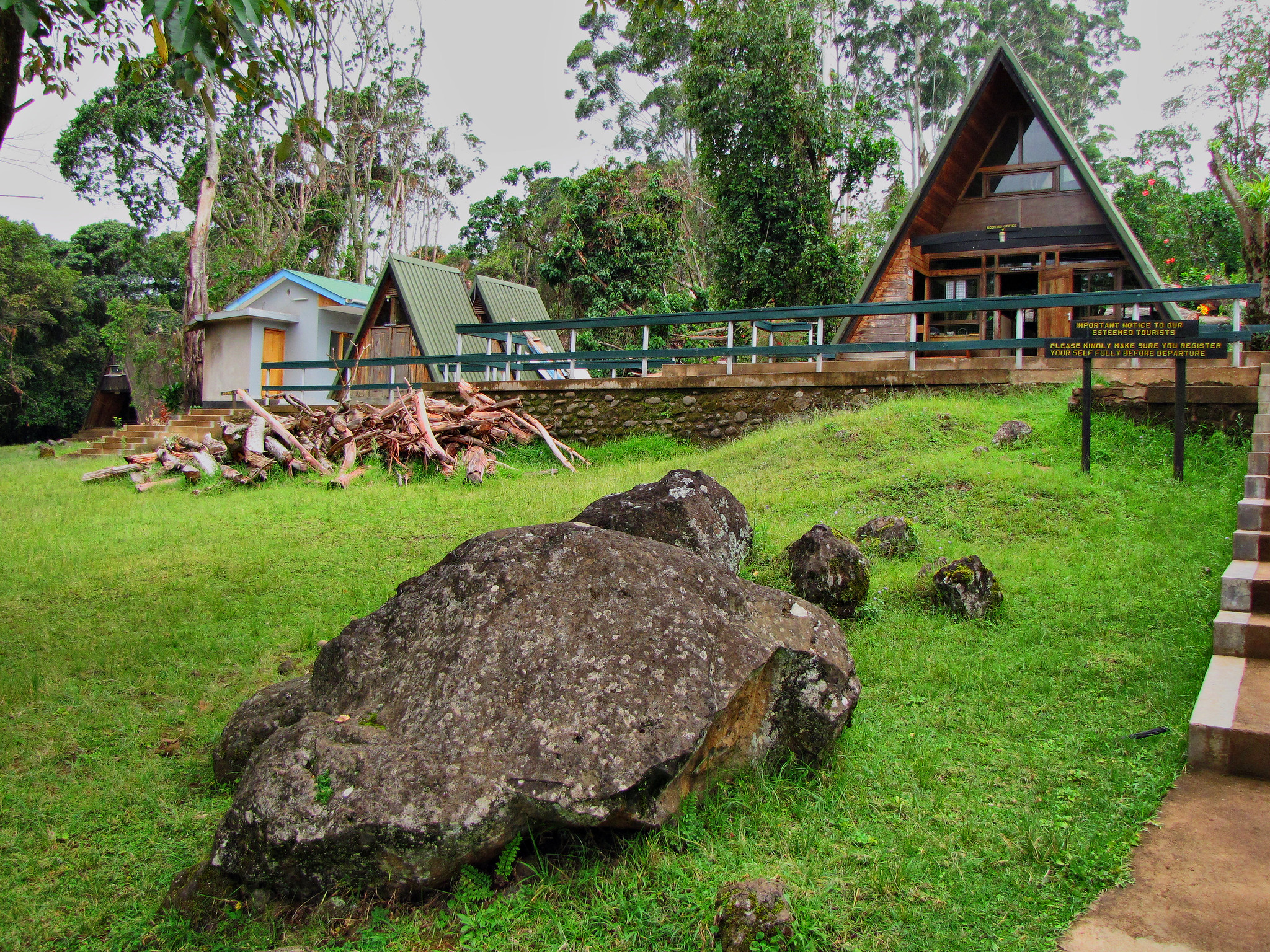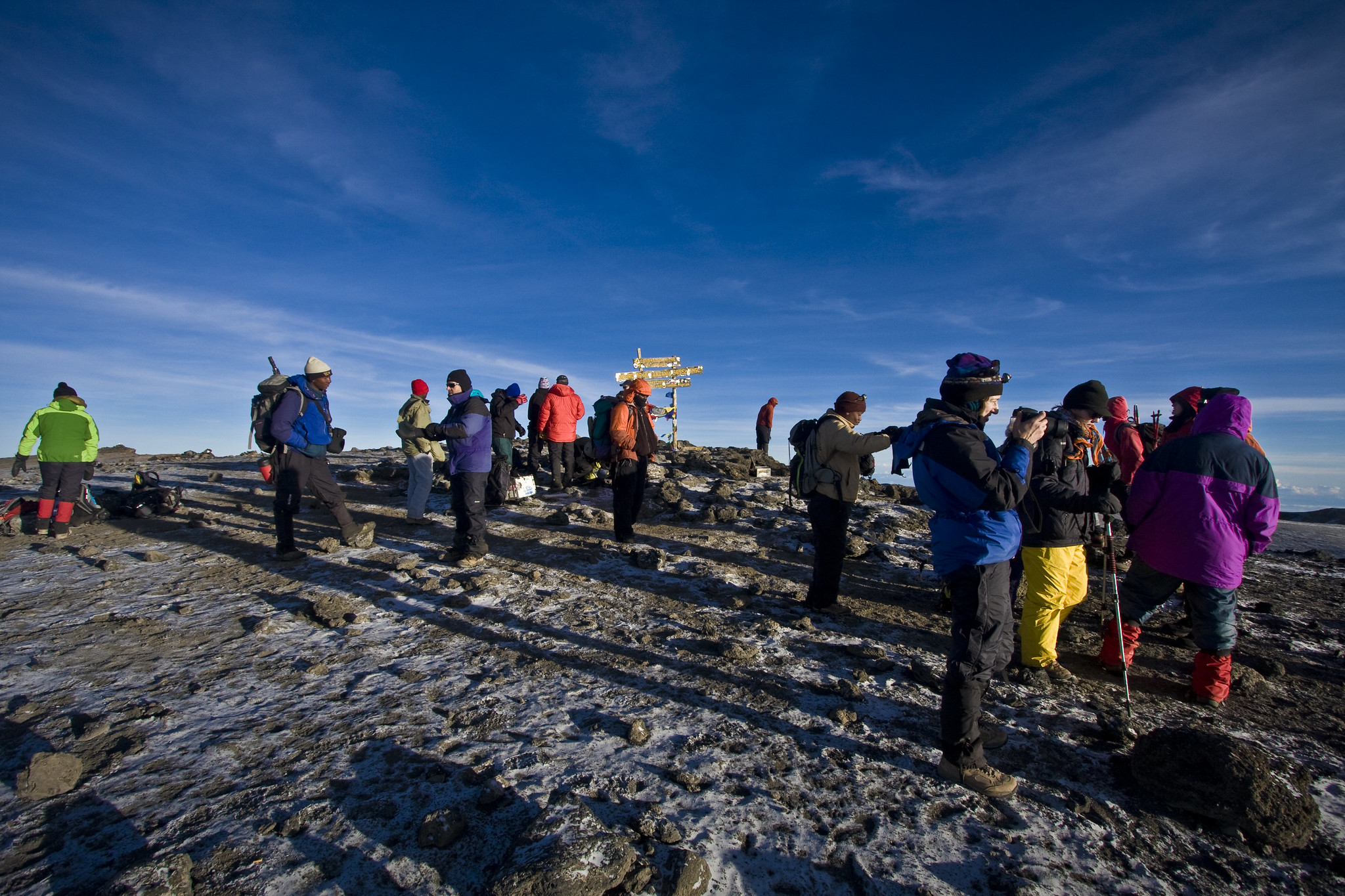Kitulo National Park
Kitulo National Park-The Serengeti of Flowers
This national park protects the flower-clad Kitulo Plateau, together with sections of the former
Livingstone Forest Reserve, which runs south from the plateau paralleling the Lake Nyasa shoreline.
The area, much of which lies between 2600m and 3000m in the highlands northeast of Tukuyu, is beautiful and a paradise for hikers, although tourism infrastructure is almost nonexistent.
Zebra have been reintroduced here, and look out too for rare long-coated kipunji monkeys.
The park reaches its prime during the rainy season from about December until April, when it explodes in a profusion of colour, with orchids (over 40 species have been identified so far), irises, aloes, geraniums and many more flowers carpeting its grassy expanses. Rising up from the plateau is Mt Mtorwi (2961m), which is 1m higher than Mt Rungwe and southern Tanzania’s highest peak.
The best months for seeing the flowers are December through March, which is also when hiking is at its muddiest.
Orchids are at their peak in February.
Some people call Kitulo National Park the “Garden of God”. It is one of the leading nature reserves in Africa and has mountain meadows and forests. The Kitulo Plateau is located in the southern highlands of Tanzania. It is the first national park in tropical Africa that was established primarily to protect its flora. This park is the reason why true nature lovers especially make a Tanzania travel.
Flora in the national park
Botanists call the Kitulo Plateau the “Serengeti of Flowers” because it is home to one of the largest flower deposits in the world. In total around 400 plant species live in the montane grasslands. The plateau has more than 45 species of orchids, geophytes, aloes, proteas, geraniums, giant lobelia, lilies and aster daisies and other afro-alpine plants. These mountain meadows are florishing during the rainy season from November to April. You can find many species only in the Kipengere Mountains and the nearby highlands. Brachystelma kituloensis, Impatiens rosulata, and Pterygodium Ukingense can only be found in the Kitulo National Park.
Kitulo’s orchids
Internationally, the flower trade in orchids is large. However, the threat to Kitulo’s orchids came from a different source. In the culture of many ethnic groups the harvest of orchid bulbs for food has a long history. They prepare a dish, known as Chikanda or Kinaka, which is similar to a meatless sausage. After the harvest, they dry the tubers. Then they beat and cook them. Originally a rural delicacy, it was eaten more often in increasing quantities and the gathering of orchids for commercial purposes grew dramatically. This trade was a serious risk to orchids in the southern highlands. Because of it, the plateau became a protected national park. Many visitors also come to Kitulo Plateau national park because its vast abundance of wildflowers, birds, and grass-eating mammals.
Wildlife in Kitulo Plateau National Park
Except for a few mountain reedbucks and eland, the occurrence of large animals in Kitulo is not very large. But plants, birds and butterflies make up for life in the park. The rare chimpanzee, blue swallow, red chalk hawk, njembe stalksinger, kipengere seed eater, steppe harrier, zebra, kipunji monkey, chameleon, lizards, frogs, spiders and other small insects are native to the park.
Most common animals in Kitulo Plateau National Park
- Mountain reedbucks
- Eland
- Blue swallow
- Chalk hawk
- Njembe stalksinger
- Kipengere seed eater
- Steppe harrier
- Zebra
- Kipunji monkey
- Chameleon
- Birds and butterflies



